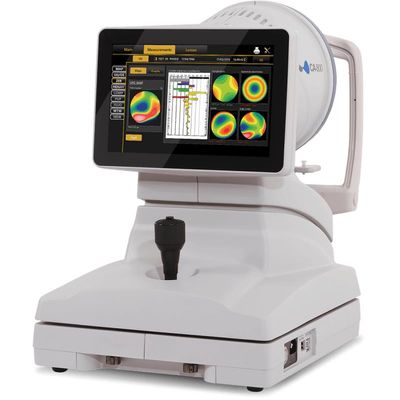

Glaukos Corporation
- Home
- Companies
- Glaukos Corporation
- Products
- iDetect - Model KC - Keratoconus ...

iDetect - Model KC - Keratoconus Detection System
The iDetect KC program makes advanced topography more accessible than ever before. For a fraction of the price, optometrists can bring this essential diagnostic tool into their practice so they can:
Most popular related searches
keratoconus
contact lens
optometry
cornea
patient monitoring
patient contact
ophthalmology
patient data
health program
patient care
- Quickly and easily take the lead in identifying keratoconus earlier
- Contribute to scientific advancements through the iDetect KC data registry
- Offer FDA-approved treatments to manage, slow, or halt progressive keratoconus
- Provide lifelong care and expertise for patients
Get more information about iDetect KC
- Quickly and easily take the lead in identifying keratoconus earlier
- Contribute to scientific advancements through the iDetect KC data registry
- Offer FDA-approved treatments to manage, slow, or halt progressive keratoconus
- Provide lifelong care and expertise for patients
Early onset: The vast majority of cases present between 12 and 20 years of age. Onset may also occur at birth and up to 51 years of age.2
More Cases: Studies in Europe and Asia have shown that the prevalence of keratoconus may be higher than previously reported due to improved diagnostic technology.3,4
Early diagnosis & monitoringA topographer can help optometrists:
- Identify keratoconus patients sooner
- Monitor keratoconus progression
- Preserve vision with earlier intervention
- Confidently refer patients to an ophthalmologist for treatment with iLink™
Slow or halt progression arrow down direction
The iLink™ corneal cross-linking procedure:
The iLink™ corneal cross-linking procedure:
- Slows or halts progressive keratoconus
- Is proven safe and effective5
- Is eligible for commercial insurance coverage
Patient retention arrow down direction
Topography enables optometrists to:
Topography enables optometrists to:
- Provide long-term care for patients
- Expand their contact lens service
